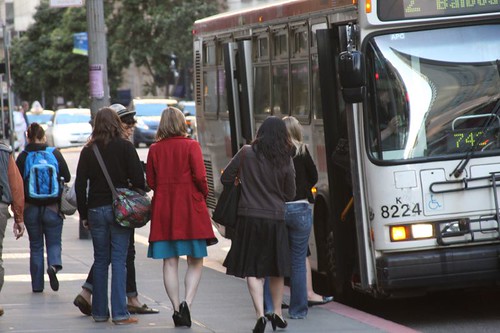
Boarding Muni. Photo credit: www.bluewaikiki.com
Only a couple months into Muni’s new all-door boarding policy and already the system seems to be working well.
As reported on San Francisco Streetsblog:
On five Muni lines, the time buses spent at stops dropped by as much as 16 percent in July compared to June, according to a presentation prepared for the SFMTA Board’s Policy and Governance Committee meeting this week. The most drastic change in “dwell times” were reported on the 1-California line and its rush-hour express companion, the 1AX, which saw decreases of 14 and 16 percent, respectively. The 1AX also saw by far the largest shift in passengers using the back door instead of the front door, with a 1,200 percent increase
The article goes on to note improved conditions on other lines reviewed:
The 49-Van Ness, the14-Mission, and the 38-Geary — saw more modest drops in dwell time. The 49, at the low end of the spectrum, only saw a decrease of roughly 1 percent. One possible explanation is that back-door boarding was already common on those lines before the policy change, compared to the 1-California.




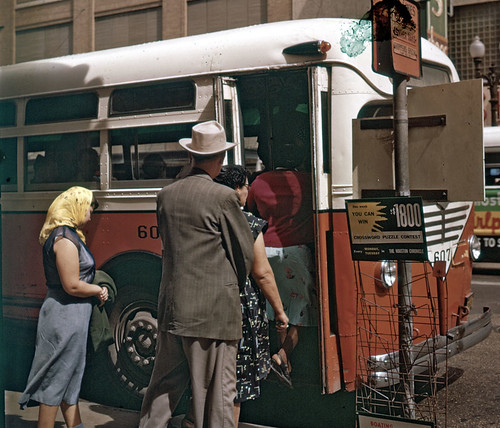

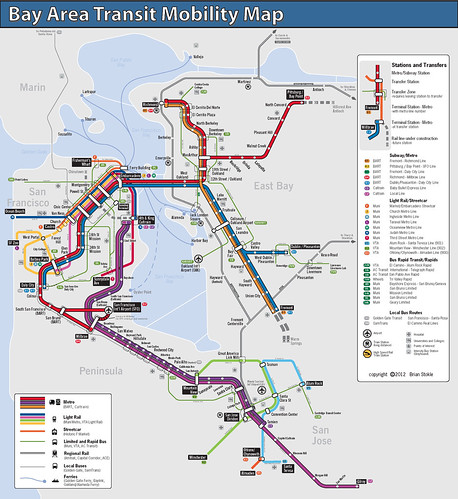

 Heads up! The
Heads up! The 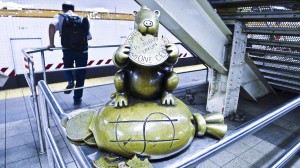
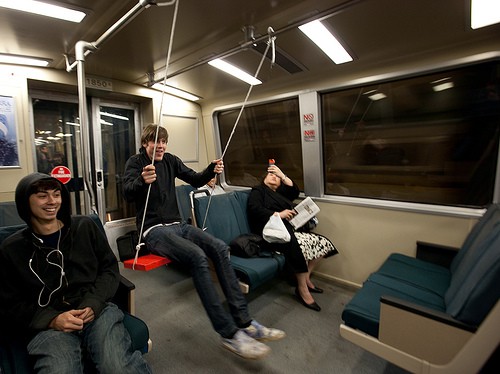
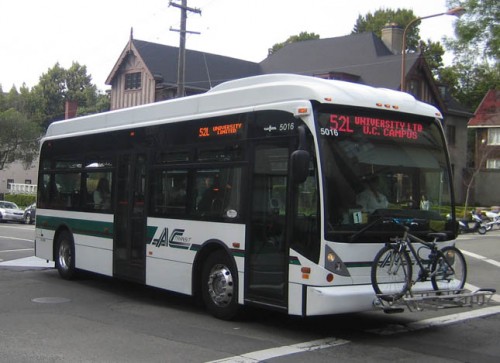 What’s your preferred mode of public mass transportation? The bus or the train?
What’s your preferred mode of public mass transportation? The bus or the train?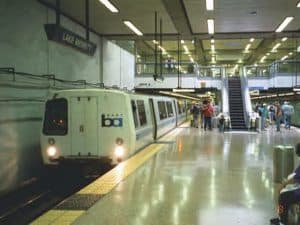 Buses are a great mode too. In most places, they’re less expensive than trains.
Buses are a great mode too. In most places, they’re less expensive than trains.
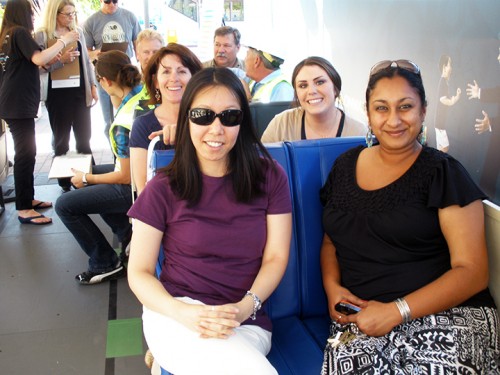
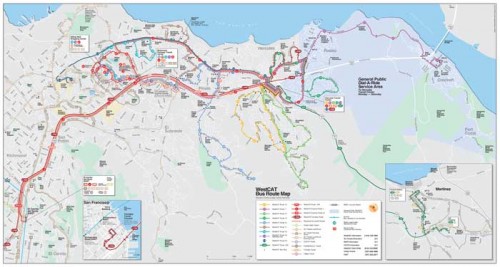

 First dates are hard. Even third and fourth dates can get the stomach butterflies churning. You want to make your best impression, and you’re looking for warning signs in your date. Where does transportation fit into this?
First dates are hard. Even third and fourth dates can get the stomach butterflies churning. You want to make your best impression, and you’re looking for warning signs in your date. Where does transportation fit into this? Amtrak’s
Amtrak’s 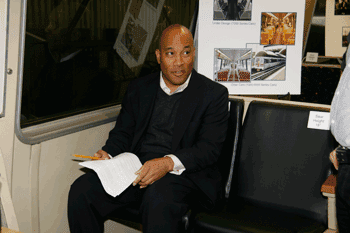 SAN FRANCISCO – BART’s 39-year-old cars are scheduled for an upgrade. Design is underway now, and the transit agency wants your help.
SAN FRANCISCO – BART’s 39-year-old cars are scheduled for an upgrade. Design is underway now, and the transit agency wants your help.
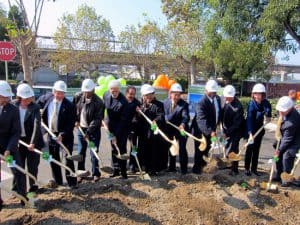
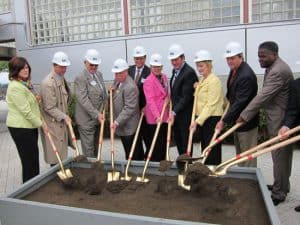
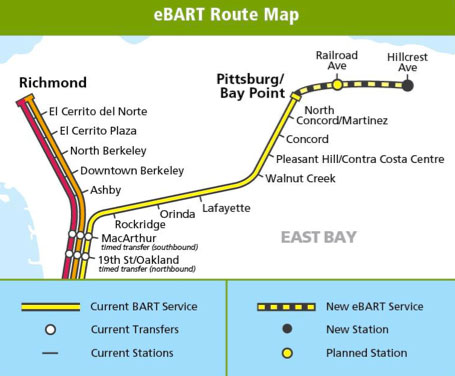
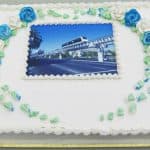 Construction is expected to start late this year or in early 2011 and BART hopes to have both extensions operational by 2015
Construction is expected to start late this year or in early 2011 and BART hopes to have both extensions operational by 2015
